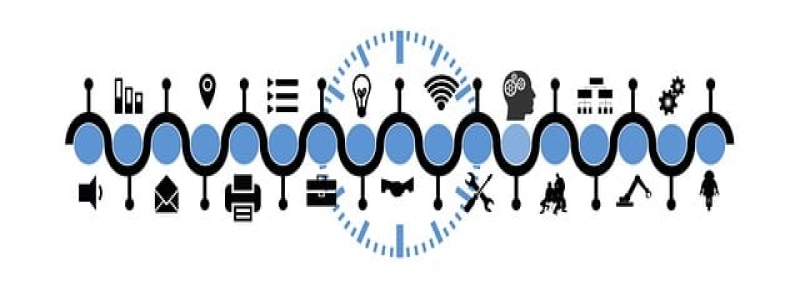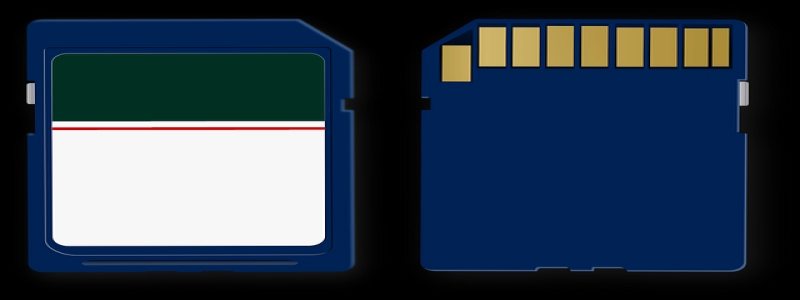Cable Attenuation
Introduction
Cable attenuation is an important concept in the field of electrical and communication engineering. It refers to the gradual loss of signal strength as it travels through a cable. This loss can happen due to various factors such as the cable’s length, material, and frequency of the signal. Understanding cable attenuation is essential for professionals working with cables and transmission systems to ensure efficient and reliable communication.
Types of Cable Attenuation
There are two main types of cable attenuation:
1. Frequency-Dependent Attenuation: This type of attenuation occurs when different frequencies of a signal experience varying levels of loss. It is commonly found in cables made of materials with higher resistivity, such as copper. The higher the frequency, the higher the loss in signal strength.
2. Length-Dependent Attenuation: As the name suggests, this type of attenuation refers to the signal loss that increases with the length of the cable. Longer cables tend to experience more significant attenuation compared to shorter ones. This is due to the resistance and impedance inherent in the cable material.
Factors Affecting Cable Attenuation
Several factors can contribute to cable attenuation:
1. Cable Material: Different materials have varying levels of conductivity, resistance, and dielectric properties, which impact the amount of signal loss. For example, copper cables have lower attenuation compared to aluminum cables.
2. Cable Length: As mentioned earlier, the length of the cable directly influences the attenuation. Longer cables will have more significant signal loss compared to shorter ones.
3. Frequency: Higher frequencies generally experience larger attenuation since most cable materials have increased resistance, leading to greater signal loss.
4. Temperature: Temperature changes can affect the cable’s physical properties, including conductivity, capacitance, and resistance, ultimately influencing attenuation levels.
5. Interference: External factors such as electromagnetic interference and crosstalk can worsen cable attenuation. Proper shielding and grounding techniques can help mitigate this issue.
Implications and Solutions
Understanding cable attenuation is crucial for professionals working with communication systems. Excessive signal loss due to attenuation can degrade the signal quality and limit data transmission capabilities. To minimize attenuation, the following solutions can be implemented:
1. Use cables made of materials with higher conductivity, such as copper, to reduce signal loss.
2. Employ signal amplifiers or repeaters at appropriate intervals to boost the weakened signals along the cable.
3. Implement proper cable management techniques to minimize cable length and avoid unnecessary bends or twists that can contribute to attenuation.
4. Ensure proper grounding and shielding techniques to reduce external interference that can exacerbate attenuation.
Conclusion
Cable attenuation is an essential concept to understand when working with electrical and communication cables. Factors such as cable material, length, frequency, temperature, and interference all contribute to signal loss. By employing appropriate solutions and techniques, professionals can minimize attenuation and ensure efficient and reliable communication systems.








